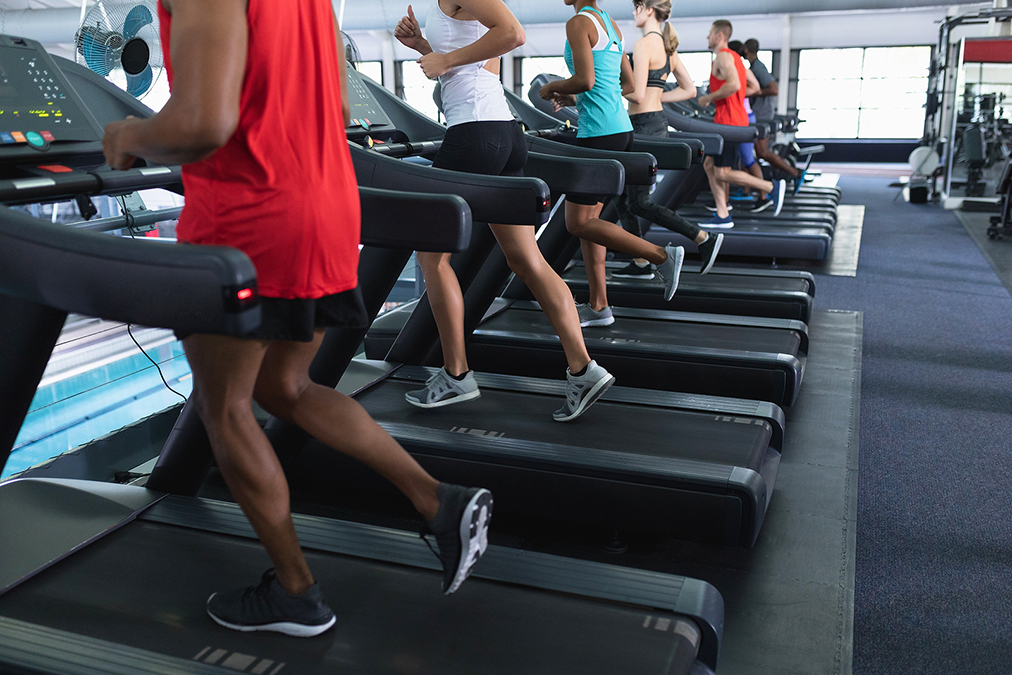 Is there a way to prevent osteoporosis?
Is there a way to prevent osteoporosis?
Yes, says a new study published in the journal JAMA Network Open.
All you have to do is perform this simple activity.
But it must be done sooner than later.
Since bone strength in young adulthood is one of the main predictors of osteoporosis later, researchers have spent a lot of time trying to discover how to establish strong bones by age 25.
This is one of those studies you wish you had access to when you were a teenager.
As data, they used information obtained from the Occurs Avon Longitudinal Study of Parents and Children in southwest England. These children were born in 1991 and 1992, and they managed to get complete information from 2,569 of them.
This information included physical activity scores collected at least once when they were 12, 14, 16, or 25, so the researchers could know whether they regularly engaged in light, moderate, or vigorous physical exercise.
To make the results more credible, the participants did not self-report their levels of exercise but wore accelerometers for a period of time, for which the researchers had to have at least four readings.
They then measured the bone mineral density of their participants’ hip bones or femur neck bones at age 25 to get a score for bone strength.
Hip fractures are the most serious and most expensive manifestations of osteoporosis, which is why the researchers concentrated their efforts there.
1. Those who had the strongest bones by age 25 were the same ones who engaged in the most moderate to vigorous physical exercise in adolescence, while those who engaged in only light physical exercise had lower bone strength.
2. The earlier the exercise, the better. Moderate to vigorous physical activity during adolescence contributed more to bone strength than the same activities in early adulthood, and the earlier the exercise done during adolescence, the better the bone strength was at 25.
3. High-impact activities, such as jumping, led to stronger hips by age 25 than low-impact activities.

 Overcoming IBD
Overcoming IBD Multiple Sclerosis
Multiple Sclerosis Banishing Bronchitis
Banishing Bronchitis Gum Disease Gone
Gum Disease Gone Overcoming Onychomycosis
Overcoming Onychomycosis Neuropathy No More
Neuropathy No More The Prostate Protocol
The Prostate Protocol Brain Booster
Brain Booster
 Ironbound
Ironbound
 Solution for Shingles
Solution for Shingles
 The Bone Density Solution
The Bone Density Solution
 The Ultimate Healing Protocol
The Ultimate Healing Protocol
 The Parkinson's Protocol
The Parkinson's Protocol
 The Chronic Kidney Disease Solution
The Chronic Kidney Disease Solution
 Overthrowing Anxiety
Overthrowing Anxiety The Fatty Liver Solution
The Fatty Liver Solution The Hypothyroidism Solution
The Hypothyroidism Solution
 The End of Gout
The End of Gout The Blood Pressure Program
The Blood Pressure Program
 The Oxigized Cholesterol Strategy
The Oxigized Cholesterol Strategy
 Stop Snoring And Sleep Apnea Program
Stop Snoring And Sleep Apnea Program
 The Arthritis Strategy
The Arthritis Strategy The Vertigo & Dizziness Program
The Vertigo & Dizziness Program The 3-Step Diabetes Strategy
The 3-Step Diabetes Strategy Hemorrhoids Healing Protocol
Hemorrhoids Healing Protocol The Erectile Dysfunction Master
The Erectile Dysfunction Master Weight Loss Breeze
Weight Loss Breeze The IBS Program
The IBS Program The Insomnia Program
The Insomnia Program The Migraine and Headache Program
The Migraine and Headache Program The Neck Pain Solution
The Neck Pain Solution The Menopause Solution
The Menopause Solution The Ejaculation Master
The Ejaculation Master The TMJ Solution
The TMJ Solution The Acid Reflux Solution
The Acid Reflux Solution The Fibromyalgia Solution
The Fibromyalgia Solution The Psoriasis Strategy
The Psoriasis Strategy